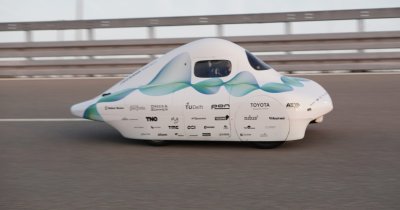ESG Today writes that this announcement follows another one released last month by the Biden Administration, called U.S. National Clean Hydrogen Strategy and Roadmap, which aims to prepare the production and distribution of low-emissions hydrogen in the US. Hydrogen is believed to be one of the fuels of the future, which can be used in the automotive sector and in various heavy industries.
Since green hydrogen is made with renewable energy sourced from clean sources, investments will go towards their development, as well. Besides that, distribution infrastructure will also be needed, as well as electrolysis capacity.
To ensure that most of the US will have access to green hydrogen, once it will start flowing in large quantities, the Biden Administration allocated 8 billion USD for the development of a nation-wide infrastructure, which includes several clean hydrogen hubs, connecting the producers with the customers.
With an annual CO2 emissions growth rate of 3.8%, India is among the nations that releases the most polluting emissions in the atmosphere. To aid the country in becoming carbon-neutral by 2070, as per officials plans, green hydrogen could play a big role in allowing economic growth and ensuring everyone has access to the necessary resources.
India also imports around 40% of its energy requirements, which is why another important goal nation-wide is energy independence, which could be achieved by 2047 with the right strategy and investments.
Should India be able to produce an annual green hydrogen capacity of 5 million metric tons by 2030, the world's total greenhouse gas emissions could be 50 million tons lower every single year.
Spain, Canada and Chile could follow, with 1.9, 1.55 and 1.45 million tons produced per year each.
 Mihai - Cristian Ioniță
Mihai - Cristian Ioniță












Any thoughts?